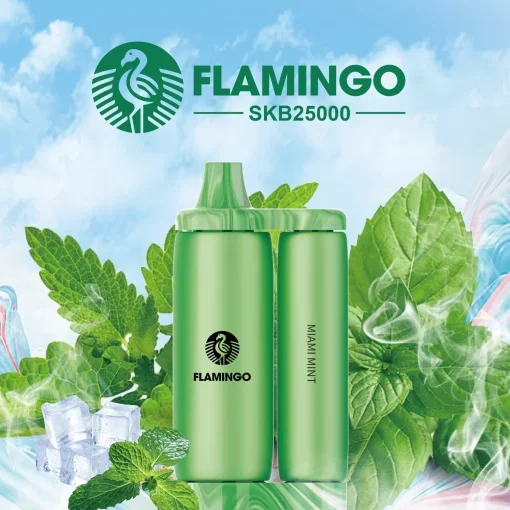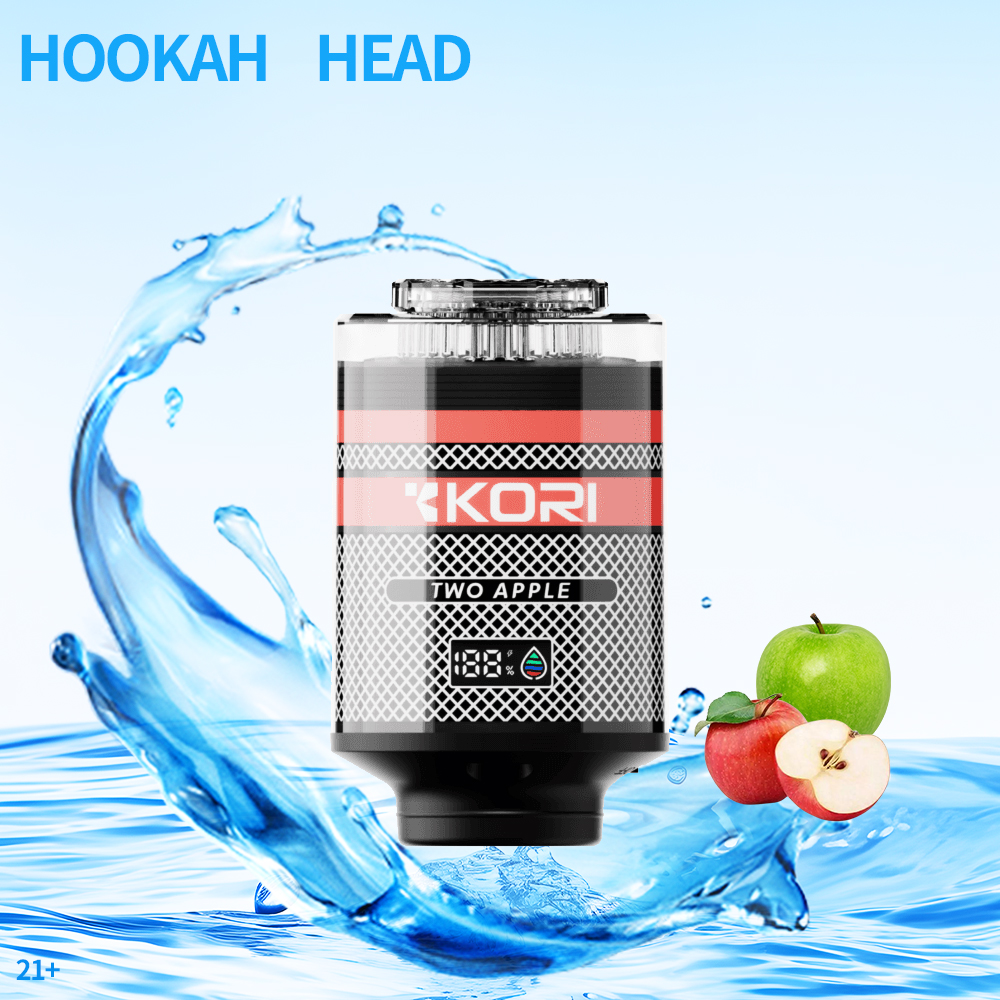The Rise of Vaping: A Comprehensive Guide to Vape Smoke Culture
In recent years, vaping has transformed from a niche activity to a mainstream phenomenon, with millions of enthusiasts across the globe indulging in various forms of vape smoke. But what drives this culture, and how does it compare to traditional smoking? In this article, we’ll explore the intricacies of vaping, the technology behind vape devices, the community surrounding this activity, and the implications for public health and policy.
Understanding Vaping: What Is It?
Vaping refers to the inhalation of vapor produced by an electronic cigarette (e-cigarette) or similar device. E-cigarettes were originally marketed as a safer alternative to traditional cigarettes, aiming to provide the nicotine hit without the harmful tar and many carcinogens present in combustible tobacco. Vaping devices come in various forms, from sleek pen-style vaporizers to larger box mods, each designed to cater to different preferences and levels of experience.
How Do Vaping Devices Work?
At the heart of every vaping device is a battery-powered heating element known as the coil. The coil heats up the e-liquid, which typically contains nicotine, flavorings, and a base of vegetable glycerin (VG) and propylene glycol (PG). When heated, this mixture turns into aerosol or vapor, which is then inhaled by the user.
- E-Liquids: These liquids come in an endless variety of flavors and nicotine strengths, from fruity to savory, catering to almost every taste profile.
- Temperature Control: Advanced devices allow users to control the temperature at which the coil heats the e-liquid, enhancing flavor and providing a customizable experience.
- Sub-ohm Vaping: This technique uses low-resistance coils that produce larger vapor clouds, popular among more experienced vapers for the intense flavor and vapor production.
The Vape Culture: Community and Social Aspects
The rise of vaping has also birthed a vibrant culture that celebrates creativity, innovation, and community. Vape shops have become gathering places for enthusiasts, offering a space for people to meet, share experiences, and discover new flavors.
Social media platforms play a significant role in shaping vape culture, with countless groups dedicated to discussions on the latest devices, flavor reviews, and DIY e-liquid recipes. The sense of camaraderie is palpable at vape conventions, where enthusiasts gather to showcase their latest gear, participate in competitions, and share knowledge.
Vaping vs. Traditional Smoking
One of the most compelling arguments for vaping is its potential to serve as a less harmful alternative to traditional smoking. Public health organizations have debated the risks and benefits extensively. Proponents argue that switching to vaping from smoking can significantly reduce exposure to harmful substances. However, critics warn that vaping is not without risks.
Research indicates that while e-cigarettes expose users to fewer toxic substances than traditional cigarettes, they are not entirely risk-free. Nicotine addiction remains a key concern, particularly among young users who may be attracted to flavored e-liquids. The potential long-term health impacts of vaping are still being studied, making ongoing discussions imperative for users and policymakers alike.
Regulatory Landscape of Vaping
Regulations for vaping products vary widely around the world, with some countries embracing e-cigarettes as a smoking cessation tool while others impose stringent bans. In the United States, the Food and Drug Administration (FDA) has taken steps to regulate vaping products, overseeing manufacturing processes and marketing practices.
Many states have enacted age restrictions and flavor bans to curb teenage vaping, reflecting the public concern over youth access and usage. As the vaping landscape continues to evolve, the dialogue between public health advocates, lawmakers, and industry stakeholders remains crucial.
Health Implications and Research
Current research into the health implications of vaping is ongoing and complex. Studies have shown that e-cigarette aerosol contains fewer toxic chemicals than traditional cigarette smoke, leading some to advocate for vaping as a less harmful choice for adult smokers. However, emerging evidence about the potential for lung injury associated with vaping is concerning and has led to warnings from health officials.
For those considering switching to vaping from traditional tobacco, harm reduction strategies must be balanced with the need for accurate information about the risks involved. Comprehensive research on vaping's health impacts is needed to inform both users and health professionals effectively.
The Future of Vaping
The future of vaping remains uncertain, with technology and public perception continuously evolving. As manufacturers innovate to create new products and flavors, users can expect ongoing advancements in vaping device technology, including enhanced battery life, efficiency, and customizable options.
Moreover, education around responsible vaping practices is imperative to mitigate risks, especially among younger demographics. As the global conversation surrounding vaping continues, fostering a culture of informed decision-making will play a pivotal role in shaping the future landscape of this intriguing phenomenon.
Final Thoughts on Vaping Culture
Vaping has undeniably made its mark on global culture, providing an alternative for those seeking to move away from traditional smoking. With a dedicated community, a diverse range of products, and ongoing debates surrounding health and regulation, vaping is a dynamic topic worthy of exploration. Understanding the nuances of vape smoke culture can help individuals navigate this ever-evolving landscape with awareness and responsibility.





